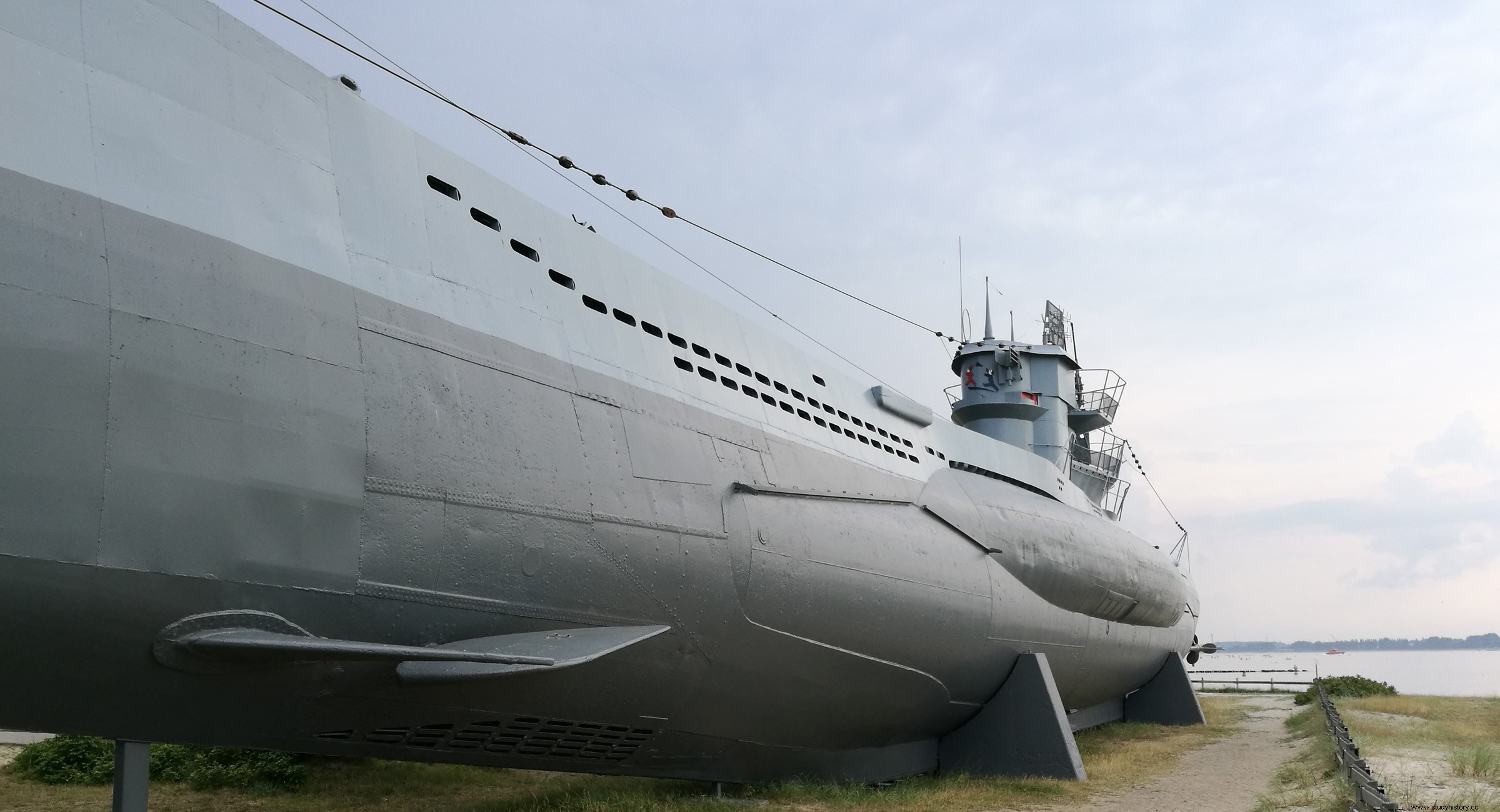
We moved to the north of Germany, specifically to the town of Laboe a few kilometers from Kiel, one of the cradles of the German army. To live the experience of feeling for a few minutes, what the German soldiers of the 2nd World War experienced for long months, in the claustrophobic interior of a German VII-class submarine.
VII-class U-Boot.
At the start of World War 2, the Kriegsmarine germana was light years ahead of her rivals, especially the Royal Navy British. The need to control the North Atlantic led the German authorities to begin an ambitious career in the construction of warships, among which the most prominent were the VII-class submarines.
The main characteristics of these, was a length of 67 m, with a surface weight of 769Tn. They had a surface range of 9,700 miles, and could cruise at an average speed of 10 knots. They could descend to a depth of about 120 m, and sail at 2 knots, the high fuel consumption under water limited their autonomy to about 130 miles.
To improve performance, different versions of this class emerged during the war:The one for our protagonist today was the VIIC/41, which as the main novelty provided greater thickness of the steel hull, which allowed him greater security when having to make descents to greater depth. With regard to weapons, the U995 was equipped with five missiles, four of them at the bow and one at the stern, for surface defense it had an 88 mm cannon and four 22 mm anti-aircraft guns.
The history of the U995
Its construction was carried out in the shipyards of Hamburg from October 1941. Within two years it was ready to sail and was floated on July 22, 1943. It did not get off to a good start, as the port of Hamburg was bombed and the U995 hit, suffering extensive damage. The repair was made against the clock, since the Atlantic War during that year did not stop opting in favor of the allies. On September 16, she was back in operation, leaving a few days later for the Kiel base.
After the winter of 1943, U995 was ready for action. Under the command of Walter Köhntopp on April 25, 1944, she began the journey through the North Sea towards the port of Flekkefjord in Norway, from that moment on her mission is to patrol the coast of the Nordic country. She did not have to wait long, to be involved in the first major skirmish, on May 21 she is attacked by a Canadian plane, being forced to descend quickly with some damage and at least five men wounded of varying severity. The following months passed without pain or glory for the German submarine, making stopovers of several days in the most important ports; like Bergen, Trondheim, Tromso or Narvik, the rest of the time he watched the broken coast of Norway.
The period of greatest prominence of the U995 began at the beginning of the harsh winter of 1945, at the same time that Soviet ground troops were invading northern German Norway, Hans-Georg Hess relieved the previous commander. His work would now be more important if possible, since control of the Norwegian Sea was essential for the Germans, in order to continue depleting Norwegian natural resources, mainly wood.
During that winter, the U995 sank five Soviet ships, including a submarine chaser on March 2, 1945, a few days after its commander received the distinction from the German authorities of the Knights Cross. The last ship sunk by our protagonist was an American merchant ship under a tremendous snowfall on March 20 of that year.
But as is known, at the end of that winter the news that arrived from Berlin was discouraging. The German patrols operating in Norway were completely isolated and prey to the Soviets and the reborn Norwegians. Without solution of continuity the U995 is delivered on May 8, 1945 in the Norwegian port of Trondheim.
The German submarine at the end of the 2nd World War
After a period (1952-1965), where the German submarine operated under the Norwegian flag with the name of Kaura, it is handed over again to the authorities of the Federal Republic of Germany, in order to become a museum and remember the vicissitudes of the German sailors.
On March 13, 1972, he reached his current position on Laboe beach, as stated, east of Kiel. Since then, next to the memorial of the naval victims of the wars with German participation, an average of 350,000 people visit it annually.
Its price is currently €5, if it is taken with the Naval Memorial combination, which is worth visiting, the price is €10.
Without further ado, I leave you with a small gallery of images from my visit to U995, in the summer of 2019.
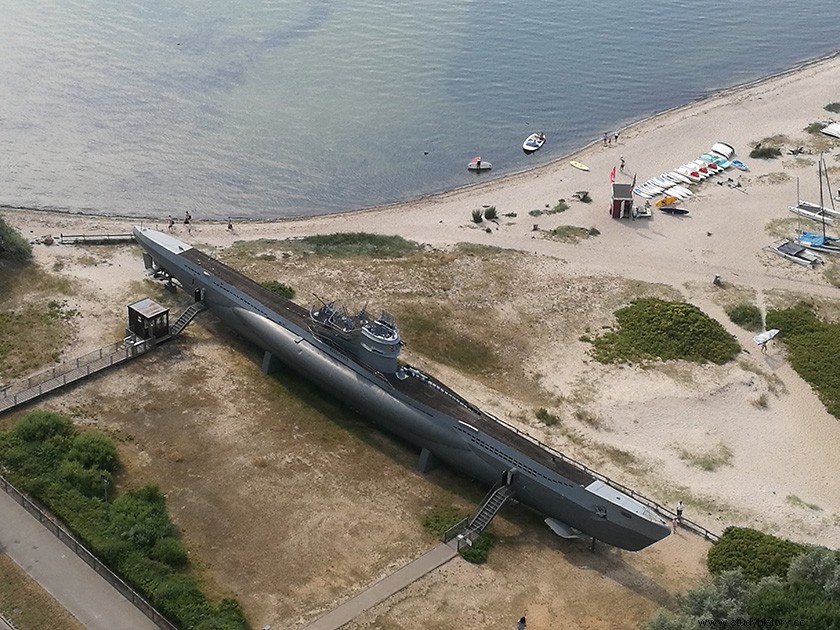
The U995 from the Naval Memorial
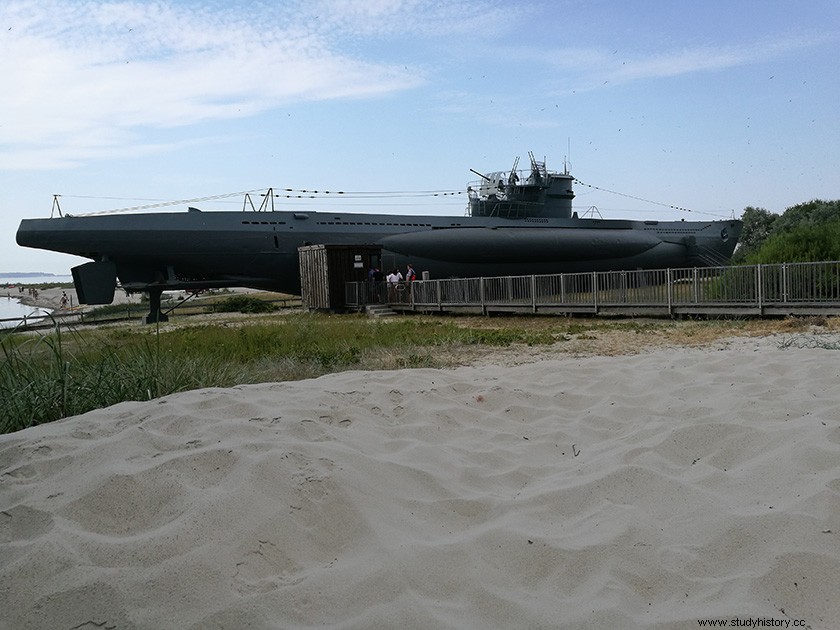
Entrance to the U995
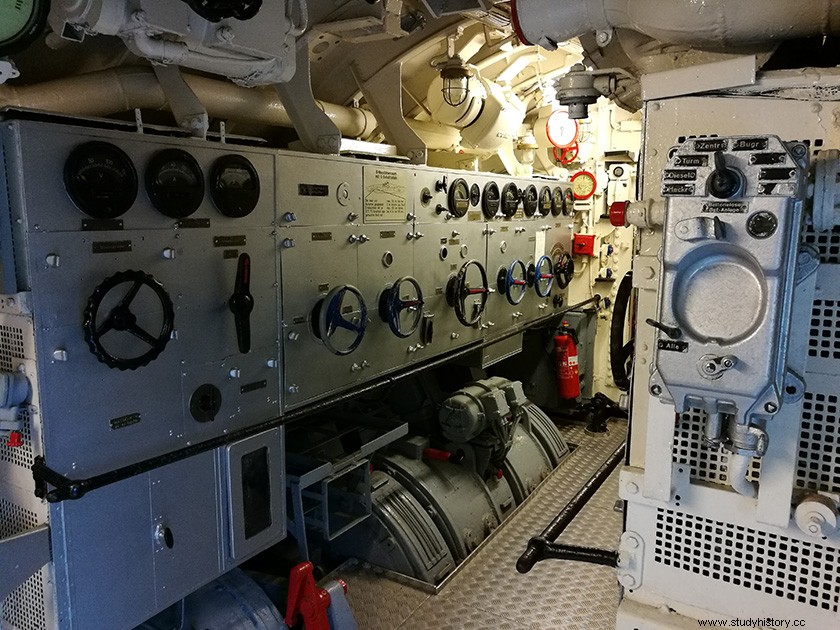
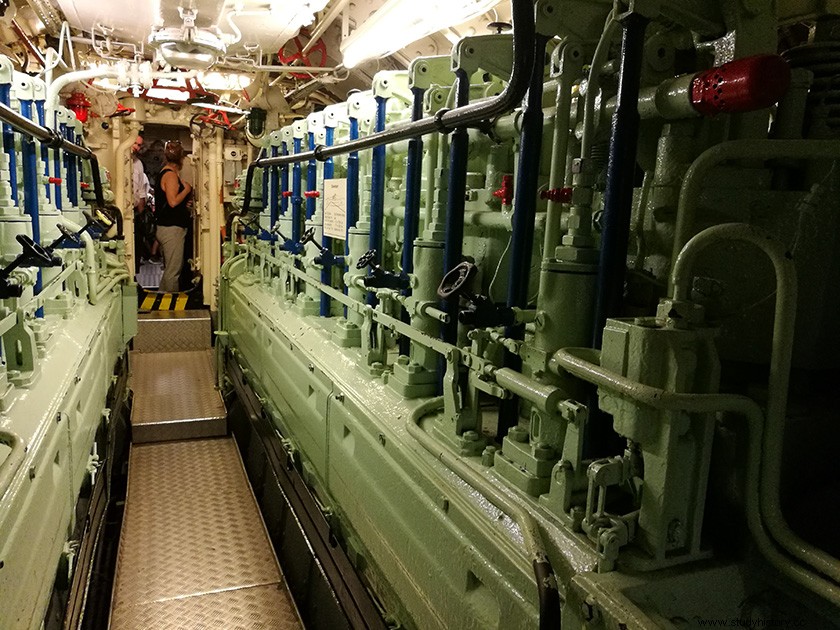
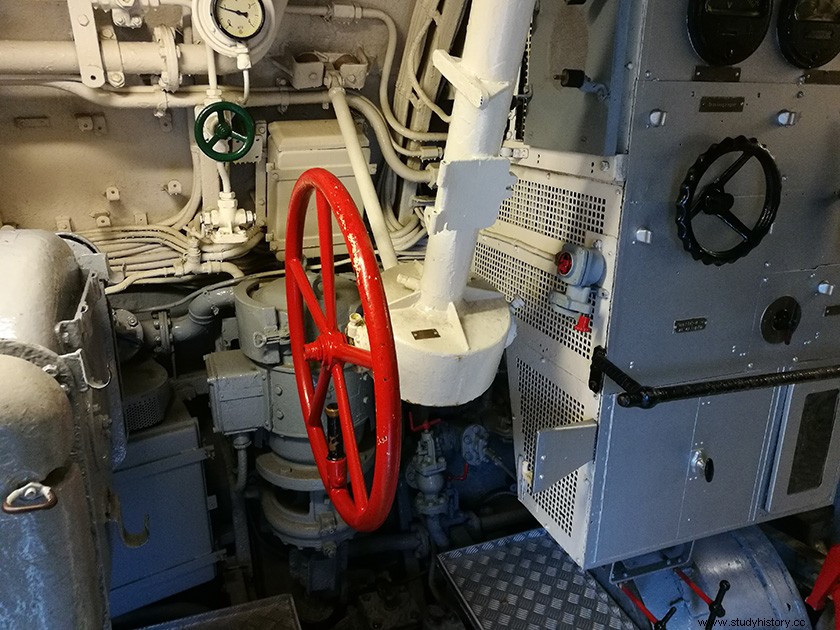
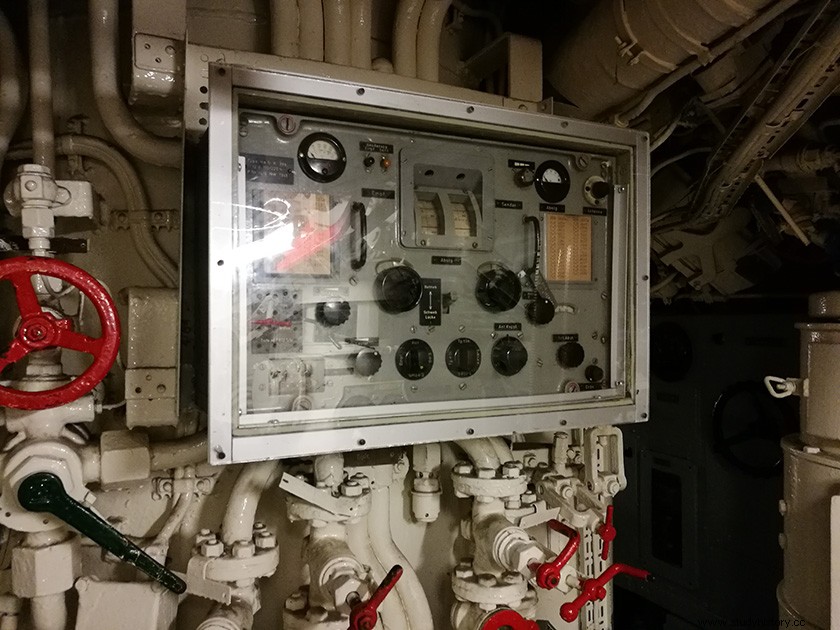
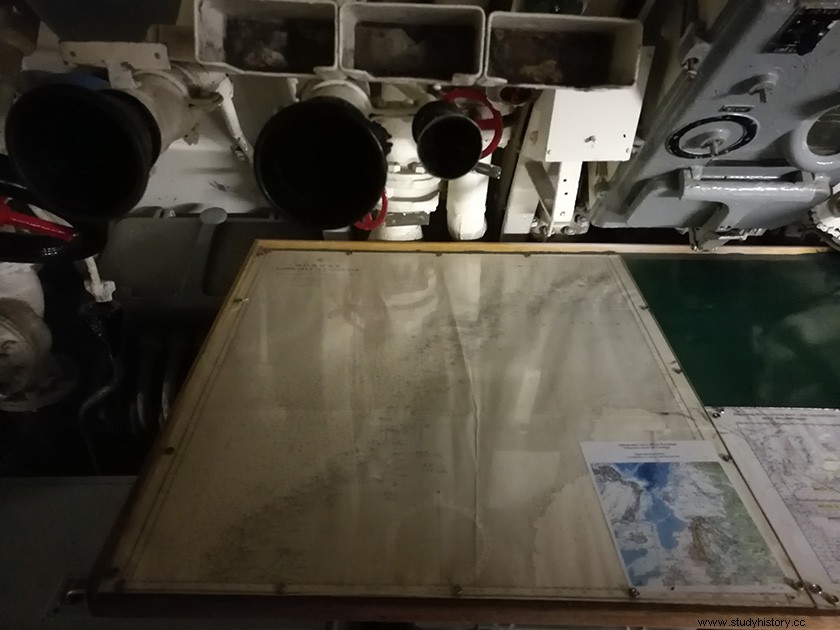
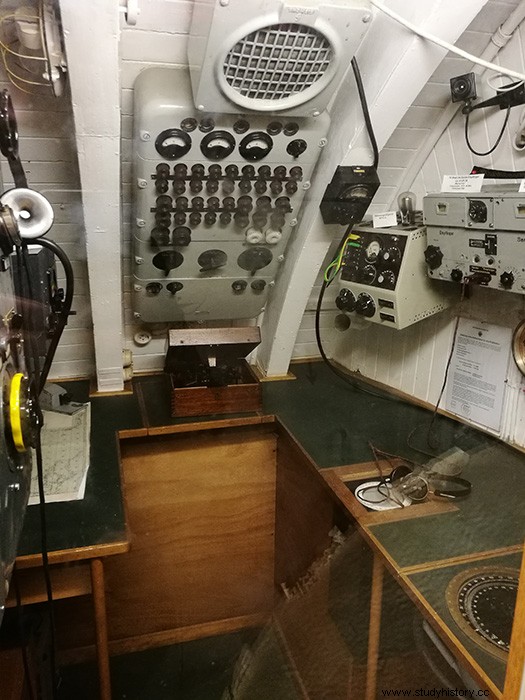
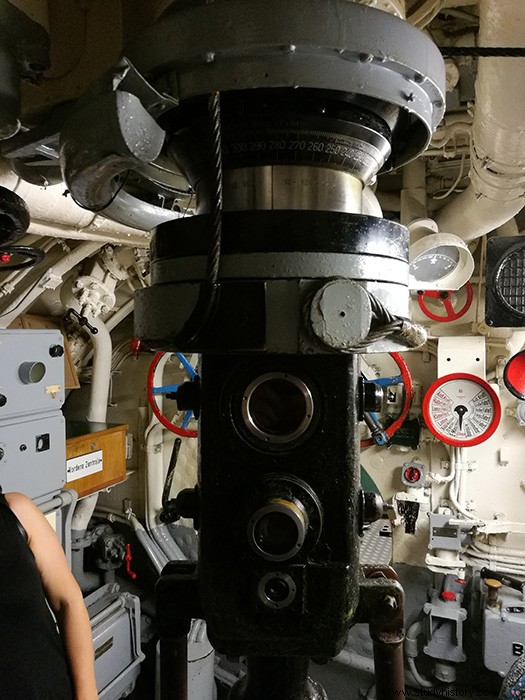
Periscope
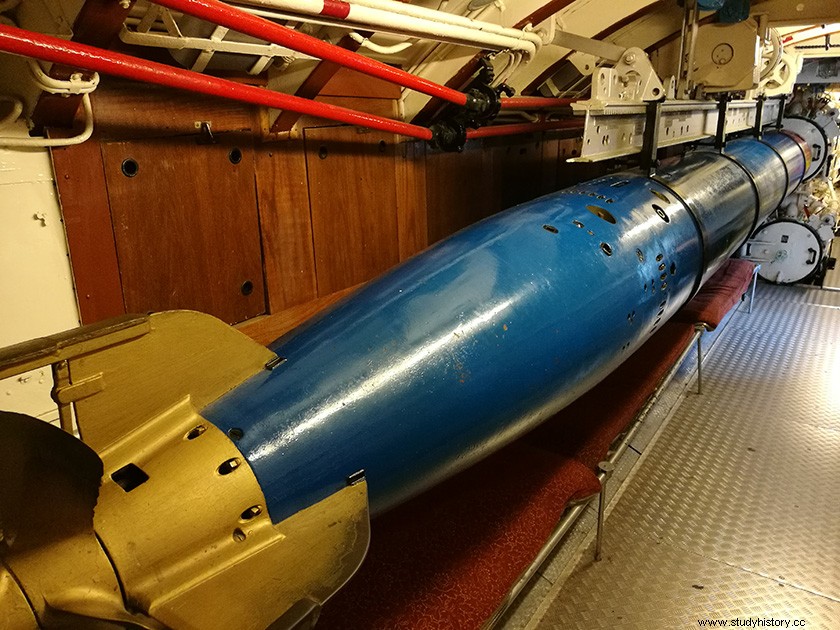
Torpedoes
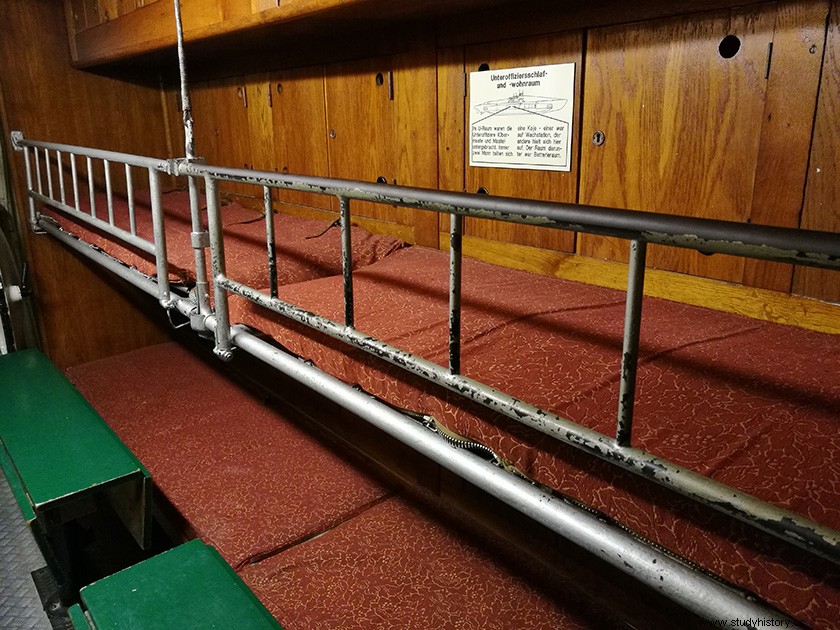
cabin
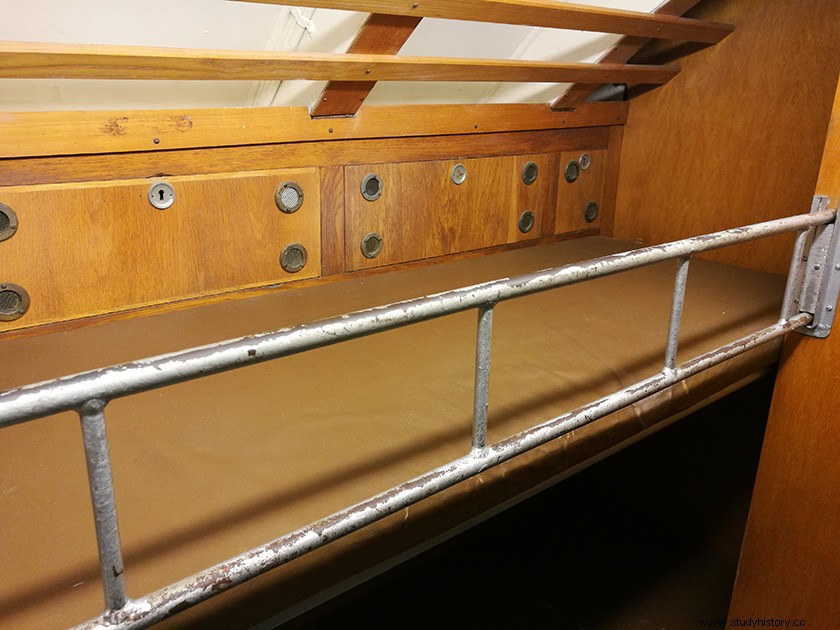
commander's cabin
Recommended reading:
More info:
deutscher-marinebund
u-history.com
